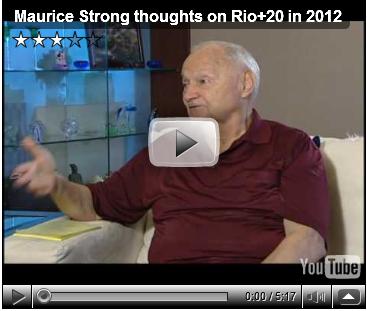Definitions of a Green Economy
There is as yet no agreed definition of what constitutes a green economy. Whilst it is recognised that to a great extent a green economy will be tailored to the national context, there are a number of ‘strands’ that can be identified. The UN Secretary General’s Report for the first Preparatory Meeting of the UNCSD identifies four strands:
“One strand approaches the question through the analysis of market failure and the internalization of externalities. Another takes a systemic view of the economic structure and its impact on relevant aspects of sustainable development. A third focuses on social goals (jobs, for example) and examines ancillary policies needed to reconcile social goals with the other objectives of economic policy. Finally, a fourth strand focuses on the macroeconomic framework and development strategy with the goal of identifying dynamic pathways towards sustainable development”
In relation to these four strands, there are a number of policy instruments that can be used to accelerate progress to a green economy. The Secretary General’s report highlights the following policy options:
(a)Getting prices right, including removing subsidies, valuing natural resources and imposing taxes on things that harm the environment (environmental “bads”) in order to internalize externalities, support sustainable consumption and incentivize business choices. It builds upon some of the earliest writings in environmental economics
(b) Public procurement policies to promote greening of business and markets;
(c) Ecological tax reforms based mainly on the experience of European countries. The basic idea is that shifting the tax base away from “good” factors of production such as labour to “bad” factors such as pollution will allow for a double dividend: correcting environmental externalities while boosting employment
(d) Public investment in sustainable infrastructure (including public transport, renewable energy and retrofitting of existing infrastructure and buildings for improved energy efficiency) and natural capital, to restore, maintain and, where possible, enhance the stock of natural capital. This has particular salience within the current recessionary context, given the need for public expenditure on stimulus packages;
(e) Targeted public support for research and development on environmentally sound technologies, partly in order to compensate for private underinvestment in pre-commercial research and development, and partly to stimulate investments in critical areas (such as renewable energy) with potentially high dynamic scale economies, and partly to offset the bias of current research and development towards dirty and hazardous technologies;
(f) Strategic investment through public sector development outlays, incentive programmes and partnerships, in order to lay the foundation of a self-sustaining process of socially and environmentally sustainable economic growth;
(g) Social policies to reconcile social goals with existing or proposed economic policies.
Whilst the Secertary General’s report provides a helpful insight into the various elements of a green economy and the associated policy instruments, it does not give a comprehensive overview of the diversity of movements and schools of thought relating to the element of a green economy that addresses ‘the systemic view of the economic structure’. From ‘Beyond GDP’ through to de-growth, there are a range of approaches to achieving a green econonmy. Some are highlighted in the Secretary General’s report, such as Payment for and Valuation of Ecosystem Services, but Stakeholder Forum has also produced a briefing paper which provides an introduction to some of the systemic approaches:

